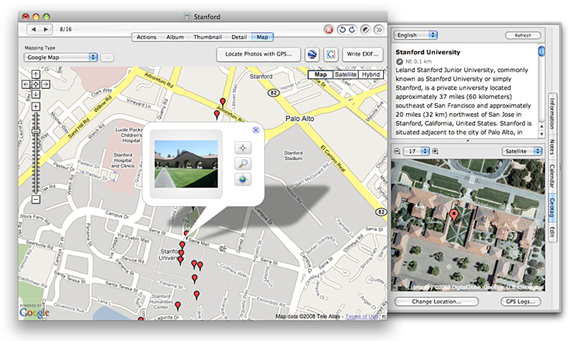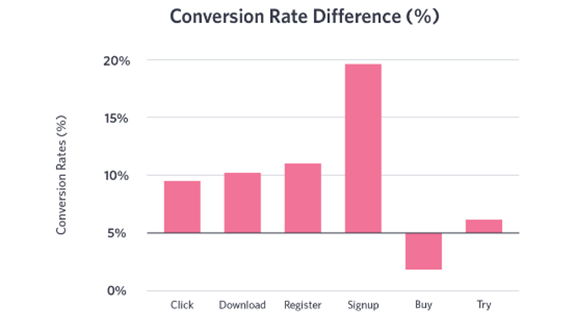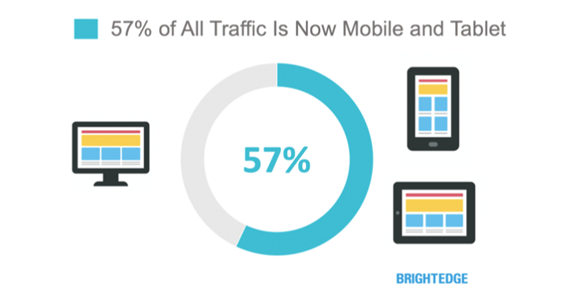There are so many forms of marketing online these days it’s enough to make your head spin. From search engine optimization to pay-per-click, Facebook advertising, and marketing on Instagram, let alone creating filters for Snapchat, there’s just no shortage to the kind of Internet advertising you need to look into and consider.
The best forms of marketing are the ways you connect with a target audience. From keywords to the locations you advertise, everything needs to be based on your target audience.
This will, in some form, include search engine optimization. After all, your business needs a website and the website needs to perform well on search engines. SEO has redefined the way online companies reach out to potential customers.
To learn SEO, you continually need to evolve. You need to learn from your mistakes and the mistakes of others. You need to develop new outreach plans and do what is necessary to boost exposure to a set audience. However, even though you’re in the world of search engines optimization, you can learn from other advertising professionals, especially pay-per-click (PPC) managers.
While not perfectly align, there are a number of PPC specifics you need to take advantage of. As long as you do this, you’ll develop not only a new found understanding of PPC but a new ability to drive your website’s SEO.
1) Take Pointers From Those Clickbait Headlines
The Internet world is largely based on clicks. What generates clicks and what doesn’t? It’s why most news stories have overly sensationalized titles for less than remarkable stories. Chances are, you’ve clicked on your share of headlines that delivered articles with lackluster results.
In retrospect, the title itself generated more interested than the article ever could. When creating search engine optimization content, such as blog posts, you want to follow some of the same established click bate blueprints.
That isn’t to say you need to create titles that misrepresent the contents of your blog. This will lead to a backlash of your readers and cut down on any opportunity of developing a sustained readership. However, the goal is to create a title that generates clicks. So focus on creating a title that generates interest.
There are a number of ways you can do this. According to Business (2017), the way you format your headline has a direct impact on the chance a viewer might click your SEO blog or article. 75 percent of top performing headlines include an element of shock, while 65 percent introduce a new concept to a reader (with trending topics and pop culture or food references following up with 60 percent click rates).
(Source)
Ad a PPC manager would tell you, it’s all about peaking a reader’s interest and ensuring they want to learn more, which is what propels them to click the title.
2) Keywords Will Always Be Key
No matter what form of online marketing you perform, keywords will remain critical. PPC managers understand the importance of being specific with their keywords. Generalized keywords perform poorly. There are just too many competitors to perform well with these keywords. Outside of the biggest brands in the world, you’ll never reach your target audience with broad words.
As Raven Tools points out, long tail keywords make up the majority of Internet searches. If someone, for example, is looking to purchase an antique toy metal car, they’re not just going to type in “toy” in their search engine. This is a basic search that provides basic results. They will type in “antique toy metal car,” which is a long tail keyword and offers specialized results.
(Source)
PPC managers understand this all too well. Every time someone clicks on their advertisement it costs them money. When using broad keywords, it may lead to more traffic, but there’s a greater chance or bringing in uninterested readers, costing the business money with a lower return on investment.
3) Pre-Qualify Your Potential Leads
In the world of PPC marketing, this is critical. When you’re paying for every click you don’t want someone who isn’t interested, or who doesn’t fit what the company offers. This is where pre-qualifying comes in.
Pre-qualify simply offers added information, so the reader (and potential clicker) has a better idea as to what they’ll find on the other side of the Internet link. For example, if your business offers services to other companies or to customers, you need to make this clear. Perhaps you offer corporate bonding experiences or you sell birthday party activities for kids. Make sure this is known prior to someone clicking on the link.
While it isn’t as critical to SEO as it is to PPC, you still want to make sure those reading your headlines and search engine content know what they’re getting into. It will help improve your bounce rate while improving search engine desirable performance specs (how long a visitor remains on your page, how many links they click on and so on).
(Source)
4) Geo-Services
If you have a business that provides specialized services to a specific region you must use geo services to target a specific audience and regional demographics. PPC managers do this when a company sells to a regional location. You need to do this as well.
Internet traffic is more than just people coming to your site. You want traffic from visitors with an interest in what you have to offer. So if you sell products in Portland, Maine it won’t do you much good if you have people from Portland, Oregon coming to the site. Claim your business location on Google and make sure to include regional specific information on your posts.

(Source)
5) What’s Working and Why
PPC managers can see what ads are drawing visitors in and which ads generate the highest ROI. You need to do the same. You can do this through retargeting campaigns.
These kinds of campaigns are designed to bring visitors back to your website. You’ll do this by taking in mind what someone purchased and how they arrived at the site and, from there, create new SEO marketing material based on this information. It’ll give you further analytical data to see exactly the best way to bring in new customers while attracting repeat customers.
6) Remember Your Call To Action
At the conclusion of a PPC post, it’s critical to include a call to action. A company just paid money to have a visitor click the link and arrive back on the website. The last thing the PPC manager wants is to spend money on this lead and have them exit the website without knowing what they were supposed to do.
For your search engine optimization content, you need to make sure you do the same. It’s important to inform your visitor what you want them to do at the conclusion of the post. You’ll do this with a CTA.
As Wistia points out, there are a number of ways to increase the conversion rate of your CTA. There are also ways you may hinder your CTA. The top-performing CTA is “Signup”, which experiences a conversion rate of 19 percent. The next best performing CTA is “Register,” at 11 percent, and “Download” at 10 percent. There are words and phrases you want to avoid though. “Try” has just a six percent conversion rate, while “Buy” has only a two percent conversion rate.

(Source)
7) What Makes You Better?
When your website appears on search engines it will do so along with your competition. Outside of landing a top position on search results, it’s important to highlight what makes your site better.
If you sell clothing, tell readers everything is 100% made in the United States. If you offer in-home services, include you perform background and drug tests on employees. Highlight the little things that make your company different.
(Source)
Chances are, your competition may offer similar services. However, if your competition doesn’t highlight these points a potential customer on search engines will not know this. By highlighting these services, you’ll instantly stand out.
8) Don’t Forget Mobile
Mobile Internet traffic now makes up more than half of all traffic online. If your website isn’t mobile friendly you’re missing out on a number of potential customers. Additionally, search engines like Google will not rank you highly for mobile-based searches.
PPC managers understand the importance of creating content dedicated to mobile users. According to Agility PR (2017), 57 percent of all Internet traffic now comes from tablets and smartphones. To take advantage of this traffic the only way you’ll see any improvement in SEO is to build a mobile-friendly website.
While creating a mobile-friendly website you also need to utilize mobile friendly keywords. When someone uses a mobile device to search out a business they do so differently from when using an Internet browser. They want finger-friendly icons, easy to scroll content, and they want easy to type keywords.

(Source)
In these instances, long-winded keywords will not work. It needs to be detailed, yet snappy. If you were to type something on a mobile phone, would you want to type your company’s entire long tail keyword? Chances are, you’d want something that implies the same information but is quicker and easier when typing with thumbs. So when setting up your mobile website variation, always keep in mind how mobile users will interact, use, and search for your website.
In Conclusion
The most important tip you’ll ever learn when it comes to SEO is to continually remain open to new ideas. Search engine optimization changes, as does the world of marketing. Taking pointers, tips and examples from other advertising avenues will help keep your content fresh and your clients engaged. So always learn, test and re-test your advertising material. You’ll discover it’s the best way to constantly redefine your business and your brand, all while bringing in new customers.







